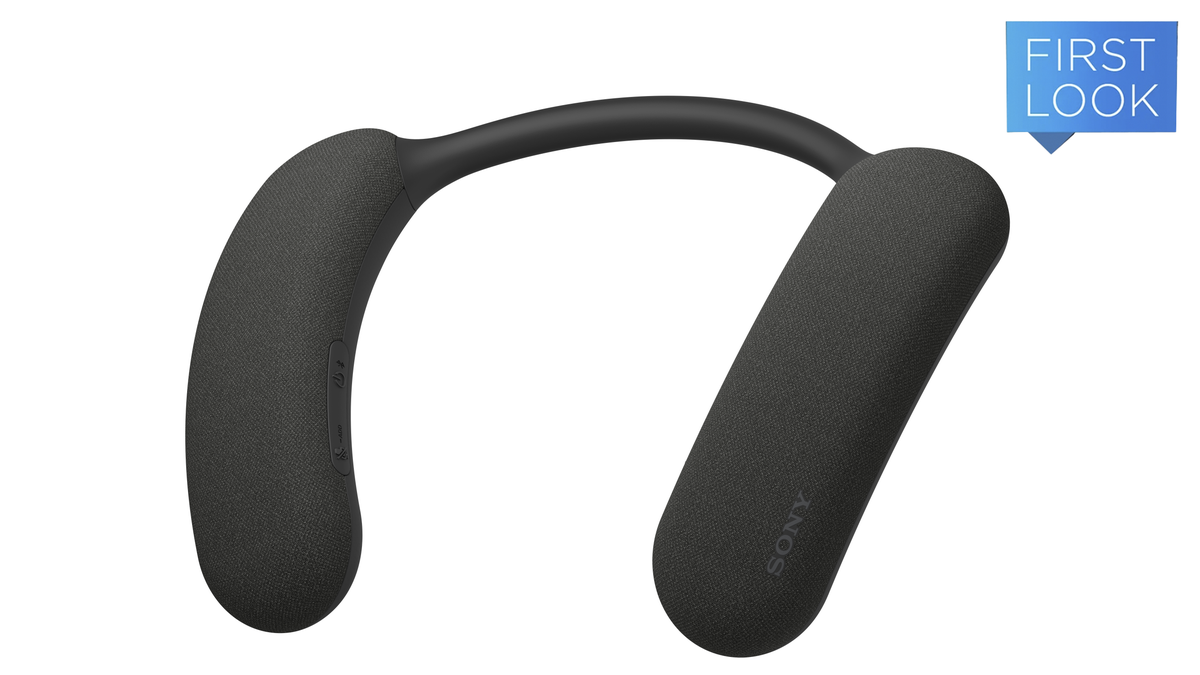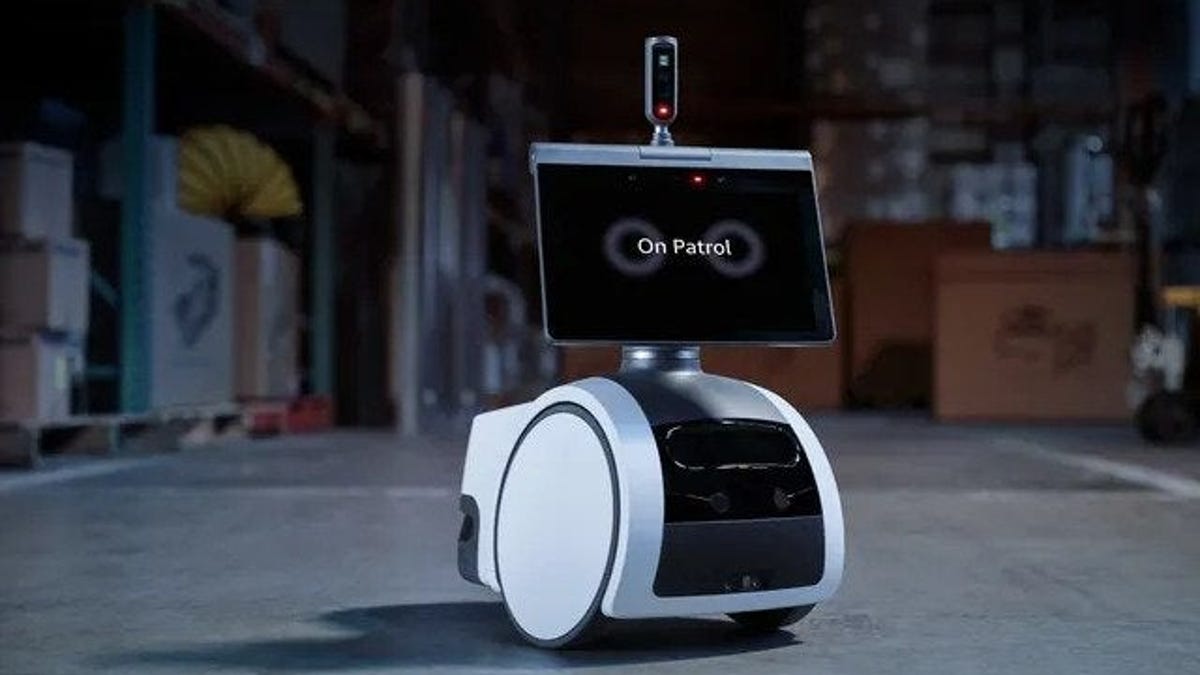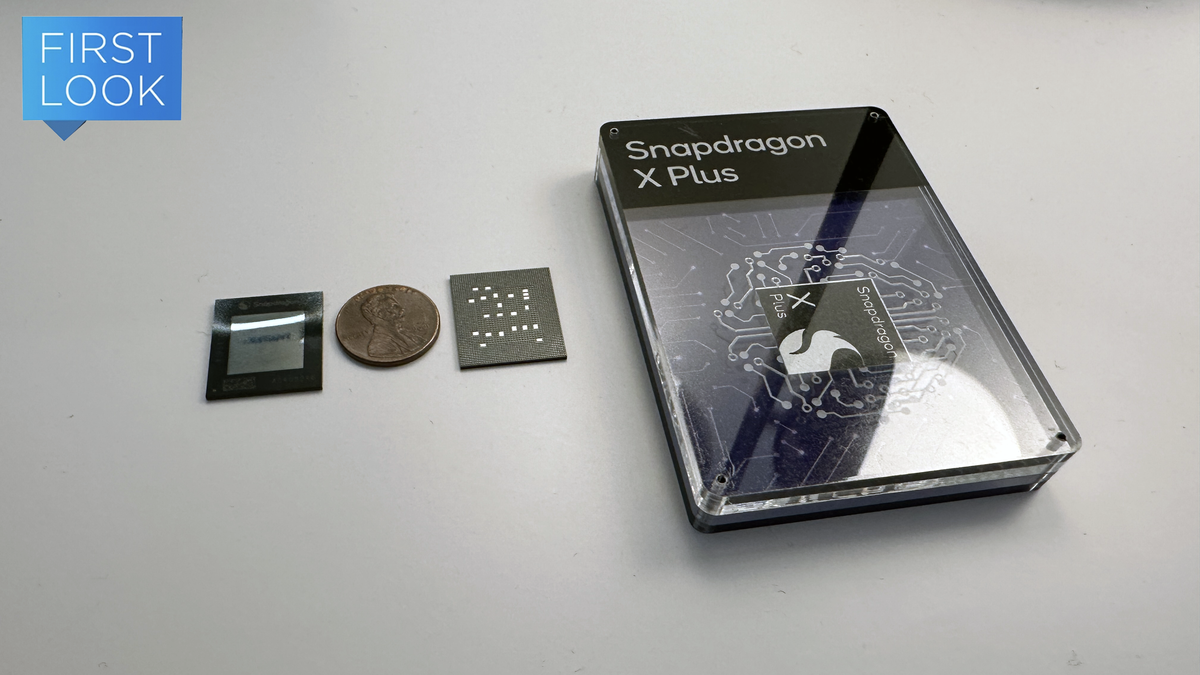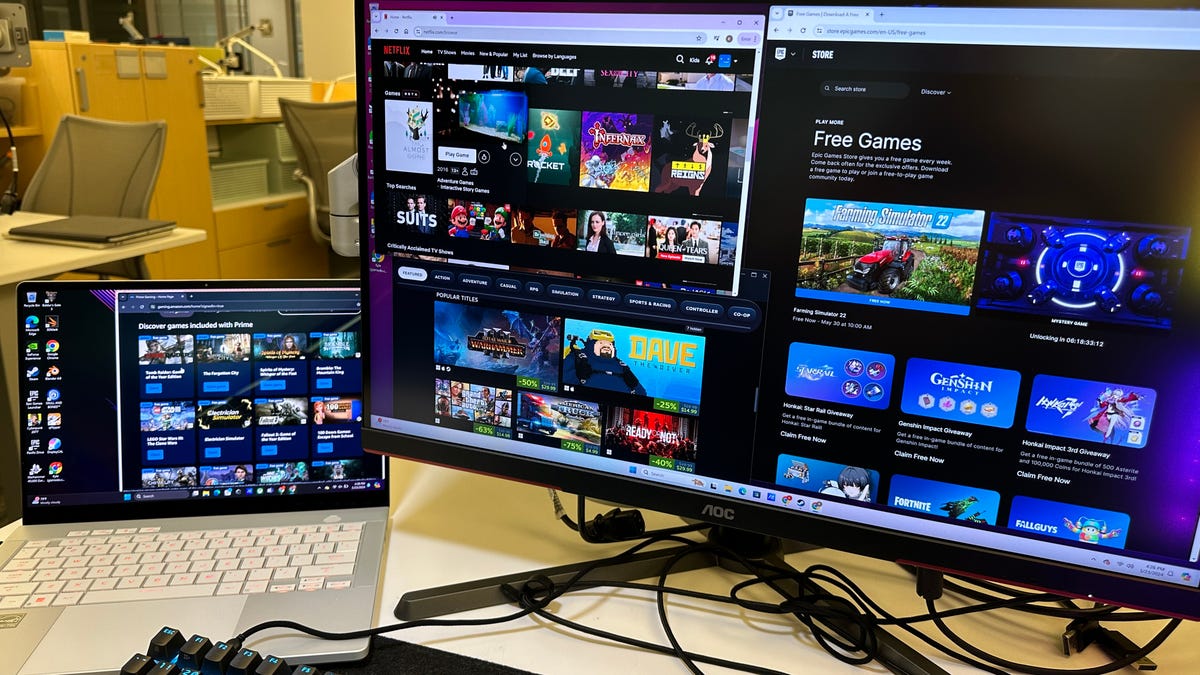The Bravia Theater U is everything I love in a tech product. It’s weird (and a bit phallic) looking, a bit janky, and still produces good-quality sound. It also has a naming scheme that reminds me of the Nintendo Wii. In Amidst Sony’s new product scheme—combining its sound and TV line under the Bravia name—one of its most interesting products this year is a neck collar that Sony claims is good for gaming. How good? Well, perhaps not that good since Sony expects you to use a wired controller to get the best sound quality.
The $300 Bravia Theater U is a 360-degree audio setup that goes around the neck, making you feel like part dog and part cyborg. It’s designed so that you, the user, are supposed to get the full bass and audio from the TV, but people around you won’t. I know your next question will be, “So why don’t I just use headphones?” It’s a fair ask, but the idea behind the neck speaker is that you can still stay present in your environment while not disturbing your family or roommates in another room while you try to access the full surround sound experience.
The Theater U is technically an update to Sony’s existing neck speakers like the NS7, though now with updated connectivity. It’s akin to other neck speakers, such as the Panasonic SoundSlayer, a gaming-specific rig that still looks far too much like an airplane neck pillow. The idea is you can use it in conjunction with the sound from a soundbar or the TV itself, and you can even connect two to a TV at one time if you and a partner are okay with looking a little weird on the couch together. It has a claimed 12-hour battery life, which is a fair time for any regular pair of wireless headphones.
Gizmodo demoed the Theater U and the company’s other home audio products last month. The Bravia Bar 9 is now 30% smaller than last year’s A2000, and it’s no longer shiny on top, so it won’t reflect your TV anymore. There’s also the Bravia Quad for those who want a surround sound setup, even in an irregularly shaped room. The sound quality on all of these is pretty damn good, with some excellent bass and real 3D audio experience, though, of course, we’d like to do a bit more testing than a short 30-minute demo.
As for the Theater U, unlike headphones, you can still hear the audio from the neck speaker from a few feet away. It’s not loud, but it’s there, even if it doesn’t have the same 3D sound quality. The wall of sound coming from your neck speaker doesn’t do enough to drown out all of the audio from a separate Theater U, so it can’t and won’t be a truly isolating experience.
Beyond all that, the renewed neck speaker is supposed to offer new compatibility with Sony’s gaming brand. Sony demoed the device working with a PlayStation 5, and just as before, the audio quality of gunshots and footsteps was pretty damn good. But that’s where things get weird. Sony wants you to use a wired connection to your PlayStation 5 controller. Fair enough, but then the company expects players to use a wired connection from their controller to their PlayStation. I don’t feel alone saying I don’t own a long enough USB-C cable to get from my couch to my PS5.
And this is extra strange considering Sony’s PlayStation brand already has one of its low-latency connectivity brands under PlayStation Link. This was used for the recent PlayStation Pulse earbuds and PlayStation Pulse Elite headset, though both could connect via Bluetooth. The PlayStation 5 doesn’t have this connectivity natively (maybe it will come with the PS5 Pro), but both headphones came with their dongle to activate the Link service. Theater U lacks Link connectivity, which seems like a missed opportunity.
We thought the Pulse Elite headset had great audio, and with the PlayStation 5’s existing 3D audio settings, you can nab some effective audio. We felt that the pair of headphones was let down by its uncomfortable and restricted headphones, making it feel like an empty void between your ears and the pads. The Theater U might be a quality choice for gamers who don’t enjoy having a headset clamped to their noggin, but Sony might be cutting itself off at the knees, and we’d all be better served if the PlayStation and Bravia folks could work a little more closely.








